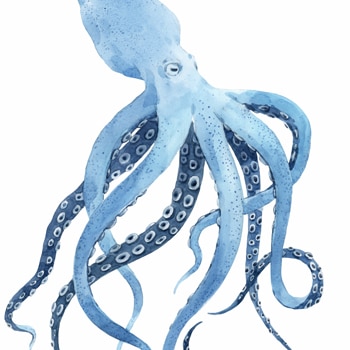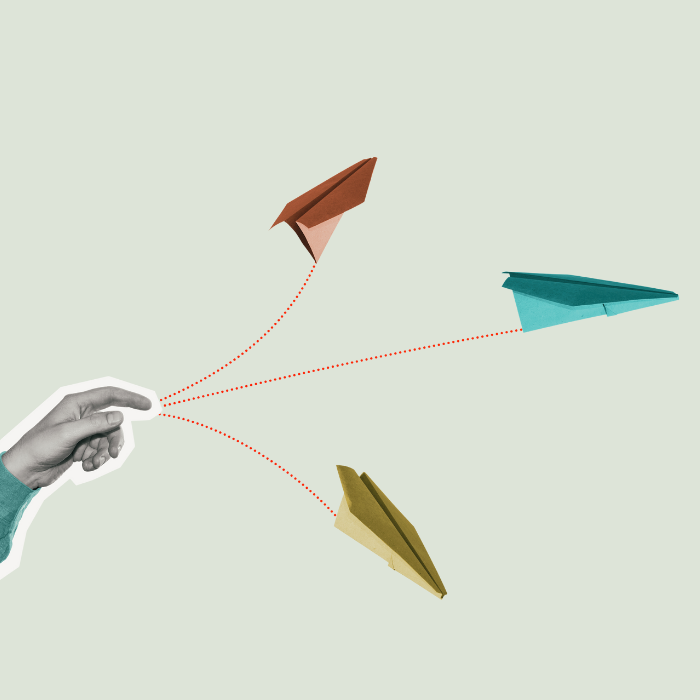
When Beth Beamish discovered her son had dyslexia and embarked on a journey to understand the condition further, she recognised a relevance to her own embarrassing bloopers.

“I always thought I was just poor at spelling and maths, so it was a shock when I found out there was much more going on. I read everything I could lay my hands on about dyslexia and attended lectures and presentations, and ever since I’ve been on a mission to discover the best ways to wrestle what I like to call the dyslexia octopus – it’s a mind map in the shape of an octopus to explain dyslexia.”
But first, what is Dyslexia?
Dyslexia is an inherited condition, but it can skip generations. It’s as slippery as an octopus because there are at least five types. An intervention, such as a reading programme, which works well for one child may not help another, even a sibling if they have a different form of dyslexia.
Dyslexia is a neurological condition. People with dyslexia have smaller cells in the areas which control seeing and hearing, and they are right-brain learners and thinkers, whereas most people are left-brain dominant. Appreciating that dyslexia is a brain wiring difference is vital. Children with dyslexia are often called “lazy” when in fact, the opposite is true, they must work so much harder. Having dyslexia can be exhausting, which is why it’s important for dyslexic people to also focus on nutrition as well as getting good sleep and rest.
There are eight areas of difficulty common to dyslexics.
- Motor control problems: Difficulty copying from the blackboard, letter reversals, loses their place when reading, coordination problems.
- Reading difficulties: Print dances or blurs, needs to re-read many times.
- Listening difficulties Can’t listen and take notes, pronunciation difficulties, struggles with background noise.
- Spatial and temporal abilities Difficulty reading maps, telling the time, knowing left from right, gets lost easily.
- Spelling issues Difficulties remembering words, difficulty spelling words.
- Writing difficulties Difficulty holding sounds, can’t find the correct words.
- Memory difficulties Poor working memory, problem recalling telephone numbers and times tables, struggles to remember the seasons, the alphabet, and the months of the year.
- Social and health issues–glue ear, naïve, eye tracking issues, skin conditions, digestive problems, and autoimmune conditions.
At any given time, one of these octopus arms can grab or trip up someone who has dyslexia.

Signs of Dyslexia in Young Children
If you are wondering whether your child has dyslexia, here are some early indications. Each person and their potential signs are unique, so in the first instance, chat with your GP, a paediatrician and your child’s teacher (depending on relevance) if you notice any of the following:
- Learn to talk later than other children. Some do not start speaking until as late as three or four.
- Lisp, stutter or have some other speech impediment.
- Have a squint.
- Have frequent ear infections.
- Have difficulty learning the names of shapes or colours.
- Have difficulty identifying letter names and sounds.
- Reverse syllables and phonemes (letter sounds) within a word.
- Struggle to sequence days of the week, months of the year, the alphabet, and numbers.
- Have trouble recognising written letters in words or even in their name
- Be delayed with fine motor skills like tying shoelaces, colouring, and writing.
- Have trouble with telling the time and understanding the concept of time, for example, mixing up breakfast, lunch, and dinner.
- Take longer to learn things such as riding a bike or learning to swim.
Author Beth Beamish finds using a sea creature analogy can help children and parents alike, navigate the world of dyslexia.








